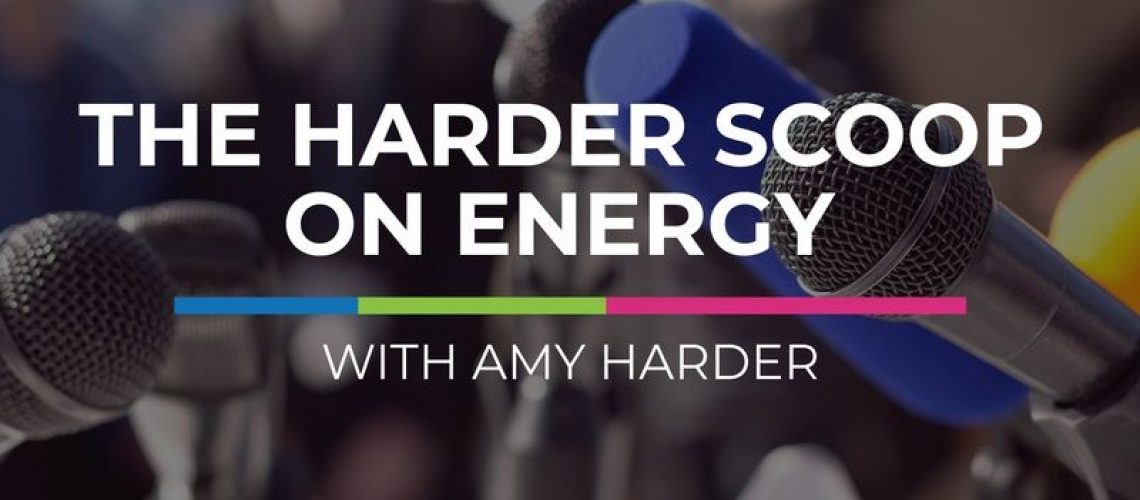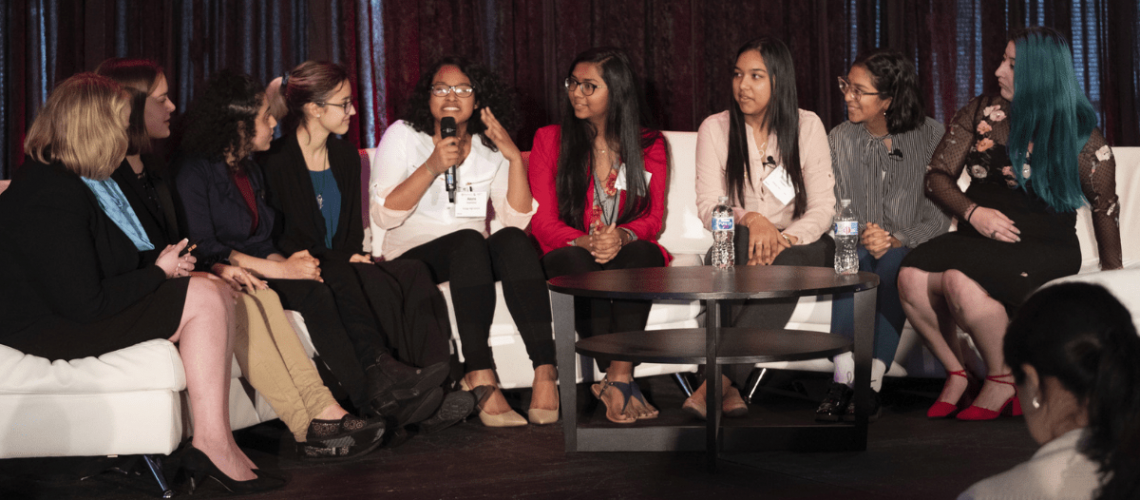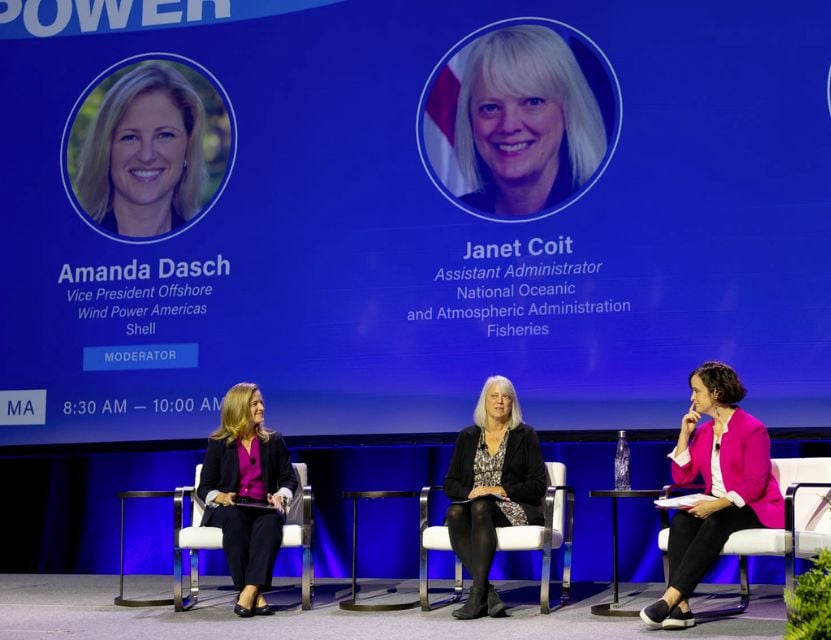In this episode of Voices of Energy, host Katie Mehnert, founder and CEO of ALLY Energy interviews Amy Harder, one of the top national energy and climate change reporters in the country. She works for Axios, and in her regular column, “Harder Line,” she reports on trends and exclusive scoops while also distilling complex energy and climate issues in understandable formats relevant to people outside the industry. Amy interviews some of the biggest CEOs in the energy industry, has formerly reported for the Wall Street Journal and the National Journal, and has been featured on numerous prestigious media outlets. She is originally from Washington State, and she holds a BA from Western Washington University.
Journalism vs. energy: which came first? (05:27)
Katie asks about Amy’s background in media and her particular focus of energy. Amy notes that her first love was journalism, and she later fell into energy. She came to have a passion for energy because of how complicated and multifaceted it is; even after years reporting on it, she’s not bored!
Axios and the "Harder Line" (07:55)
Amy moved into her current role at Axios in April of 2017, just a few months or so after the organization was launched on the day of President Donald Trump’s inauguration. The move from the Wall Street Journal to the Axios startup was a difficult one, but Amy has learned that every step of her career leads to the next step, and she has had a great experience thus far at Axios. She has been able to do things she would never have been able to do elsewhere, such as her work with HBO. And of course, she also has the chance to publish regularly in her own column. Going into more detail about her work on the column, Amy explains her favorite story and the thrill of getting an in-person look at an offshore wind facility - a look that enabled her to help the public see more clearly what energy looks like.
The online conversation around energy (14:15)
Switching focus to the energy transition, Katie asks for Amy’s perspective on the role of social media on the energy narrative online. Amy finds that this online narrative is primarily shaped by Twitter and Facebook, and she has to remind herself that the online discussions that can feel so significant really only represent a small sample of people. In fact, only about 20% of the US population is active on Twitter! The platform has seen more and more progressive voices heard and messages propagated, but since she knows her writing on Twitter only reaches the same few people, Amy is eager to use other means to reach a larger audience.
The role of execs in the energy transition (16:22)
Last year, Katie explains, LinkedIn published a list of “top voices,” but Katie and her colleagues noticed that the list missed categories of energy and environment. So, they made their own list of the 2020 top voices in energy, with one category being about executives. This category leads Katie to her next question: what role do executives play with regard to the energy transition? Their role is different now than it was a decade ago, and Amy is watching to see how it will see even more shifts under the Biden administration. The administration’s work toward an energy transition and combating climate change will leave many executives with a choice between embracing the forward momentum or opposing and criticizing it.
The scoop on energy secretary and shareholder activism (18:27)
In the remaining minutes of the conversation, Katie and Amy talk about shareholder activism, equity and the environment as both political and human issues, and Amy’s thoughts on the soon-to-be Energy Secretary, Jennifer Granholm. The interview ends with a final question: what is the one thing we need to make new energy a reality? Such a silver bullet has yet to be found, Amy says, but further progress is needed through technological, political, and economic lenses.




